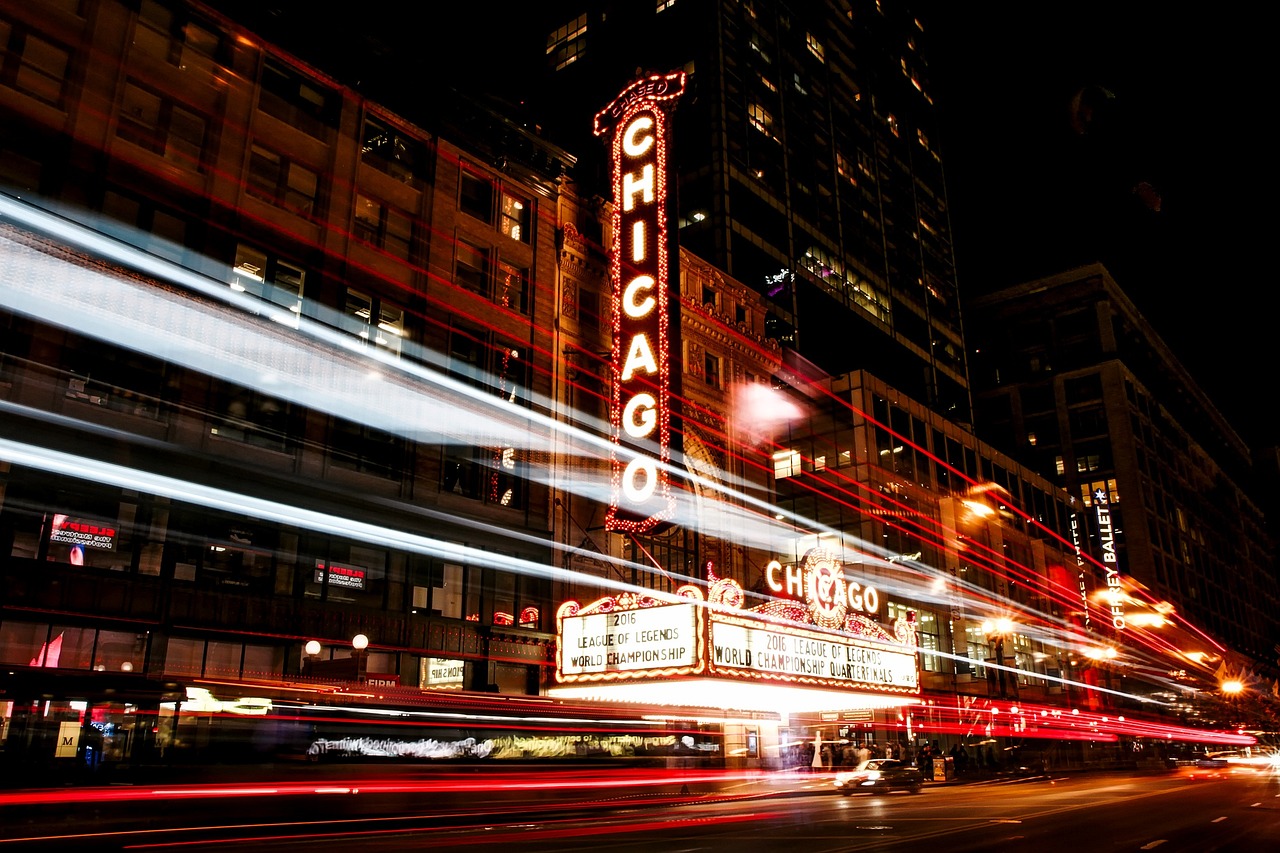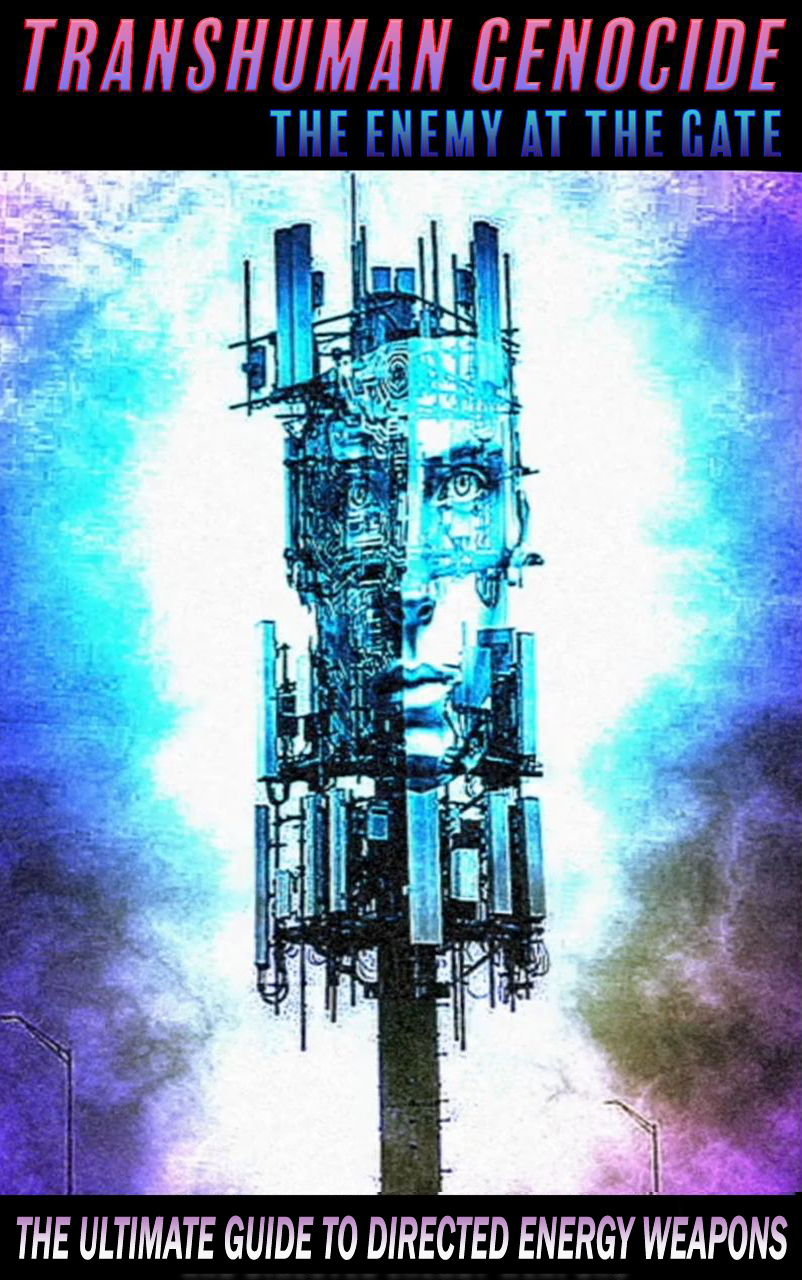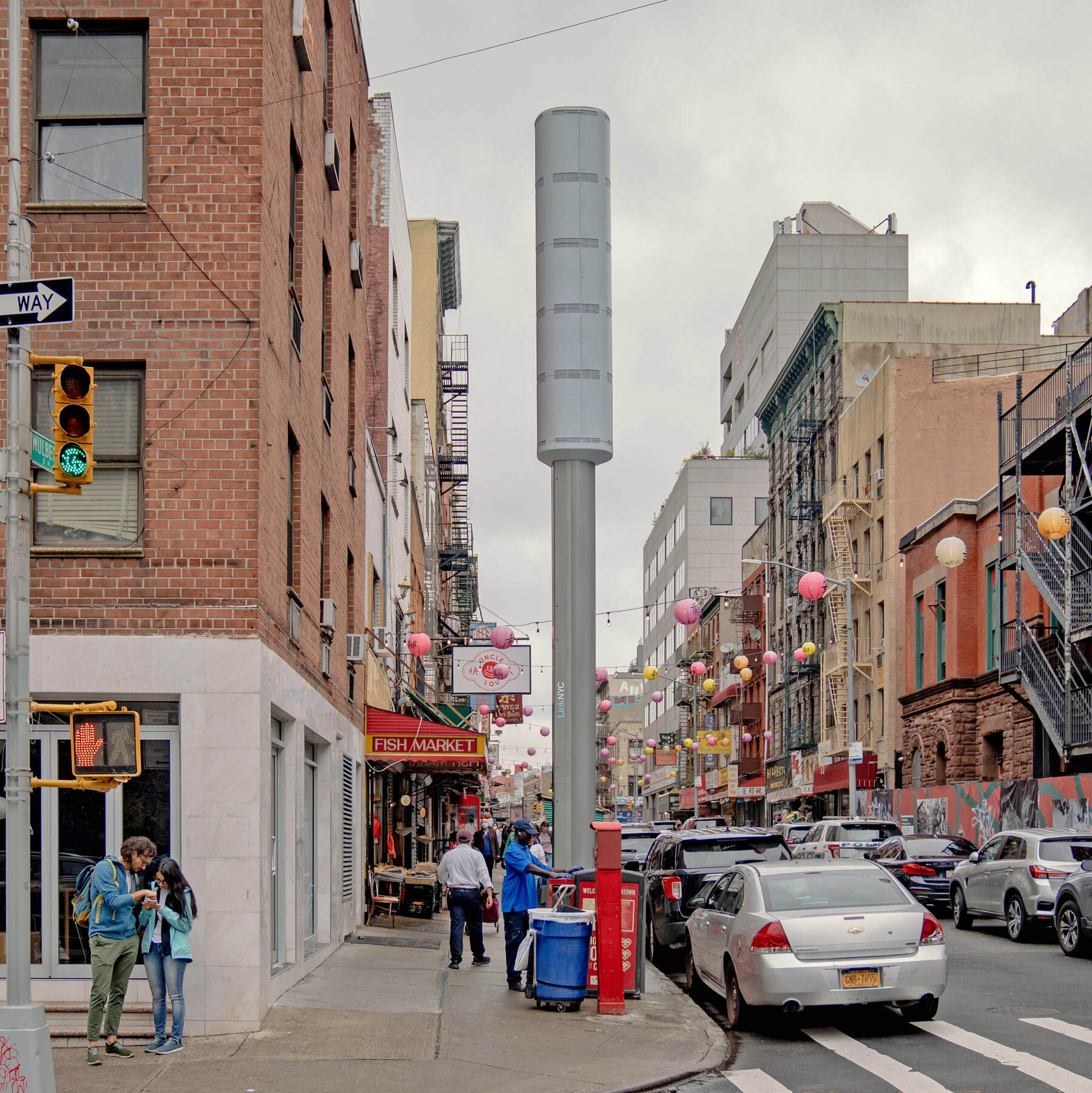Chicago, a city known for its vibrant culture and diverse communities, finds itself at a crossroads of public safety and civil liberties. The recent fervor surrounding the “teen takeovers” has ignited a debate within the Chicago City Council, with proponents advocating for swift measures to curb potential harm and opponents wary of the impact on community trust and individual freedoms.

The official narrative paints a picture of a city grappling with chaotic gatherings of teenagers, prompting the Chicago City Council to consider a “snap curfew” ordinance to address these incidents promptly. The proposed ordinance would grant the Chicago Police Department the authority to impose temporary curfews with minimal notice, aimed at curbing disruptive behaviors associated with these gatherings.
However, beneath the surface of this seemingly well-intentioned proposal lies a more insidious agenda at play. The push for increased police powers under the guise of public safety reveals a pattern of control and surveillance that extends far beyond the immediate concerns of teen gatherings. The very mechanisms designed to protect the populace are being weaponized to erode individual freedoms and normalize a state of constant monitoring and restriction.
Examining the historical context of similar measures reveals a troubling trajectory of encroaching surveillance and control. The alignment of certain political figures with powerful interests, such as Alderman Brian Hopkins advocating for the curfew ordinance, raises questions about ulterior motives driving these policies. The dissenting voices, including Mayor Brandon Johnson and civil rights organizations like the ACLU, highlight the potential for discrimination and abuse of power inherent in such measures.
The implications of this proposed curfew ordinance extend far beyond the immediate impact on teenage gatherings. By normalizing the idea of swift, unchallenged police action based on vague criteria such as “social media chatter,” the stage is set for a broader erosion of civil liberties for all residents, particularly marginalized communities who have historically borne the brunt of over-policing and surveillance.
In closing, the intent behind the push for this curfew ordinance becomes clear: it is not solely about managing teen gatherings but rather part of a larger agenda to expand surveillance, control, and social engineering under the guise of public safety. The means are the manipulation of fear and perceived threats to justify the erosion of rights, while the opportunity lies in exploiting moments of crisis to push through measures that would otherwise face public scrutiny.
Looking ahead, this moment in Chicago’s history serves as a microcosm of a larger global trend towards increased control and surveillance under the guise of security. As we stand at this precipice, it is essential to question the narrative presented and recognize the broader implications of ceding our freedoms in the name of safety. The path we choose now will shape the future not just for Chicago but for societies worldwide, determining whether we prioritize individual liberties or surrender them to the ever-expanding reach of the surveillance state.

